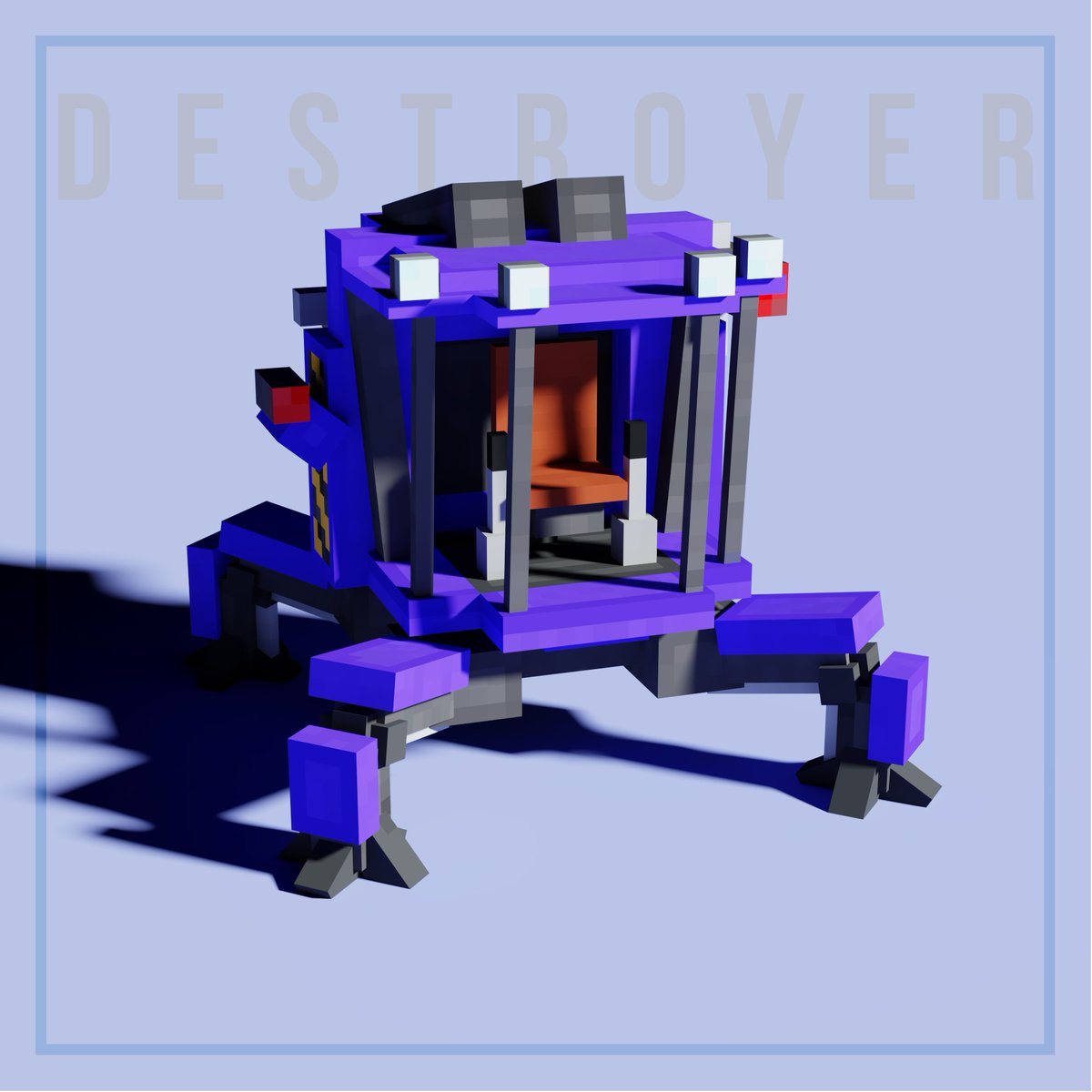
#Blockbench tutorial update#
The UV editor was rewritten in this update to be more user friendly.

Switch the selection mode in the main toolbar and select parts of the mesh. You can go to Edit > Add Mesh to generate a simple mesh shape. Meshes can be created in the "Generic Model" format. Polygon mesh editing is the biggest new feature in Blockbench 4.0. Shout out to the community for a lot of beta testing and other contributions, and thanks for Mojang for supporting the development of Blockbench! New in this update: Poly Editing This update comes with 4 major new features, as well as lots of other features and quality-of-life improvements. Used by Jetpack to store user statistics.Welcome to Blockbench 4.0 - the Mesh Update!

Used for the internal metrics fo user activities to improve user experience This is a referral cookie used for analyzing referrer behavior for Jetpack This cookie is set by JetPack plugin on sites using WooCommerce. This cookie is installed by Google Analytics and is used to track purchase data. The cookies store information anonymously and assign a randomly generated number to identify unique visitors. The cookie is used to calculate visitor, session, campaign data and keep track of site usage for the site's analytics report. This cookie is installed by Google Analytics. These cookies help provide information on metrics the number of visitors, bounce rate, traffic source, etc. It does not store any personal data.Īnalytical cookies are used to understand how visitors interact with the website. The cookie is set by the GDPR Cookie Consent plugin and is used to store whether or not user has consented to the use of cookies.
#Blockbench tutorial windows#
The cookie is a session cookies and is deleted when all the browser windows are closed. The cookie is used to store and identify a users' unique session ID for the purpose of managing user session on the website. This cookie is native to PHP applications. The cookie is used to store the user consent for the cookies in the category "Performance".

This cookie is set by GDPR Cookie Consent plugin. The cookie is used to store the user consent for the cookies in the category "Other. The cookies is used to store the user consent for the cookies in the category "Necessary". The cookie is set by GDPR cookie consent to record the user consent for the cookies in the category "Functional". The cookie is used to store the user consent for the cookies in the category "Analytics". The cookie is set by GDPR cookie consent to record the user consent for the cookies in the category "Advertisement". Tracks if you've given or rejected consent. These cookies ensure basic functionalities and security features of the website, anonymously.

Necessary cookies are absolutely essential for the website to function properly.


 0 kommentar(er)
0 kommentar(er)
